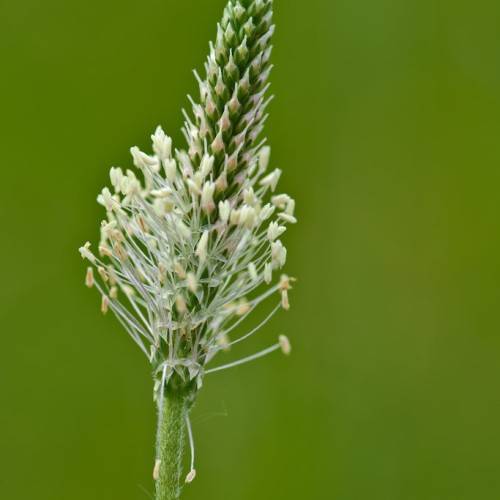
narrow-leaved plantain
Plantago lanceolata
Cycle:
Perennial
Watering:
Average
Hardiness Zone:
2
Flowers:
Flowers In Spring
Sun:
Full sun
Soil:
Acidic, Well-drained
Cones:
Yes
Leaf:
Yes
Growth Rate:
Moderate
Drought Tolerant:
Yes
Salt Tolerant:
Yes
Care Level:
Medium
watering
Scots pine cultivars require occasional deep watering from spring through fall, when rainfall is inadequate. Water 1 to 2 inches per week when there is no measurable rainfall, but avoid over-watering, which can cause root rot. Watering is most important when the soil is dry and when your Scots pine is newly planted as it may still be adjusting and recovering from transplant. Once established, these trees are highly tolerant of drought conditions, though supplemental watering may be required to help newly planted trees establish roots.
sunlight
Scots pine (Pinus sylvestris cvs.) needs plenty of sunlight in order to thrive and grow. An ideal amount of sunlight for this species of cultivated pine tree is 5 to 8 hours of sun each day. In some climates and locations, Scots pine can tolerate full sun all day, while in other climates, afternoon or morning sun might be best in order to prevent sun damage due to the intensity of the light.
pruning
The pruning needs of Scots Pine (Pinus sylvestris cvs.) vary depending on their use and size. In general, for ornamental purposes, newer trees should be pruned lightly once a year, in late winter or early spring. This should involve the removal of any dead, dying, or damaged branches, as well as any branches that create an awkward silhouette. For larger specimen trees, prune every 3-4 years in late winter or early spring, making lighter and fewer cuts. Pruning should be done before new growth begins, as it’s more difficult to see the structure and shape of the tree once it begins to leaf out. Keep an eye out for any branches that cross, rub against each other, or grow too close to the central leader. These should be removed so they won’t cause damage or become too heavy in the future. If dead branches need to be pruned, take care to cut them a few inches away from the base so the area will heal faster.
